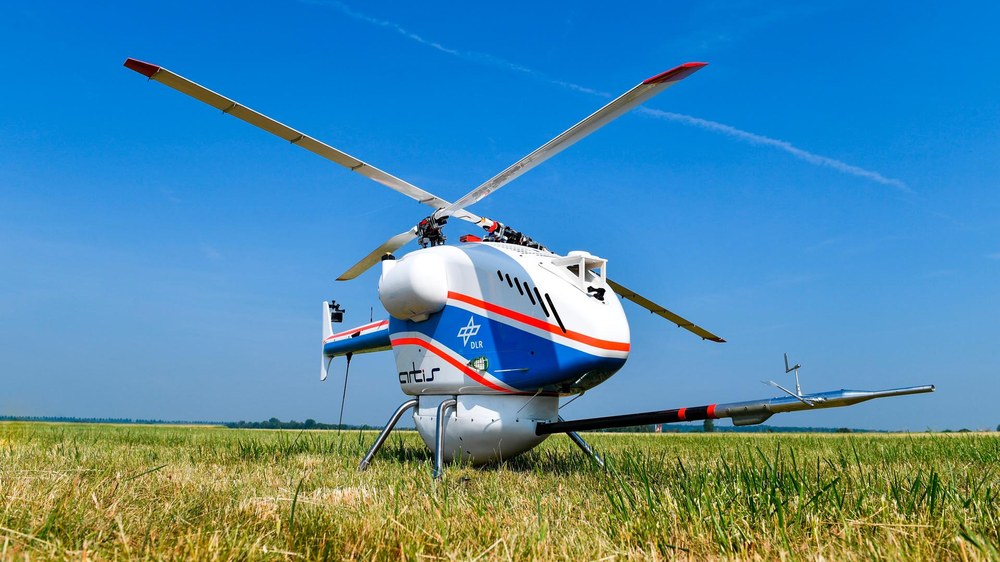superArtis



The small, uncrewed helicopter, superARTIS, is operated by the German Aerospace Center (Deutsches Zentrum für Luft- und Raumfahrt; DLR) DLR Institute of Flight Systems in Braunschweig; it is part of the comprehensive Autonomous Rotorcraft Testbed for Intelligent Systems (ARTIS) facility, which is focused on the development and testing of technologies and components for autonomous flight. The system includes two helicopters, a ground station, a command and monitoring data link, simulation capabilities and flight test infrastructure. The helicopters can be used both for flight-mechanical experiments and to carry a wide variety of payloads.
Uncrewed, versatile small helicopter
At the heart of this DLR facility are two unmanned Dragon 50 small helicopters, manufactured by SwissDrones. With a total weight of 85 kilograms, the helicopters can transport payloads of up to 30 kilograms to remote or inaccessible locations (for example, disaster areas). The helicopters are controlled and monitored from a ground station via data links and the degree of flight autonomy is adjustable. In addition, on-board measurement data can be recorded, processed and stored. The system bridges the gap between small uncrewed systems (for example, those using multirotor aircraft) and crewed aircraft.
An additional experimental system developed by DLR allows the helicopters to take over flight control with full authority. The development and testing of novel technologies, as well as the planning of potentially high-risk missions, is supported by the option of operating helicopters in a hardware-in-the-loop simulation; during this, interfaces, components and algorithms can be realistically tested while still on the ground.
The helicopters are capable of flying beyond visual range, have a high payload capacity and are easily modified. Such characteristics mean the large-scale superARTIS facility is a valuable and unique asset in the German research landscape.
